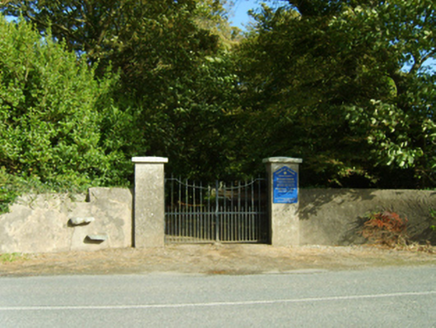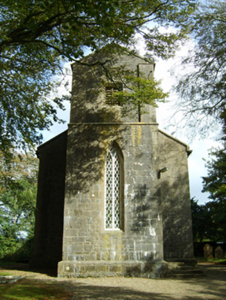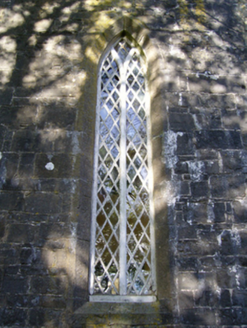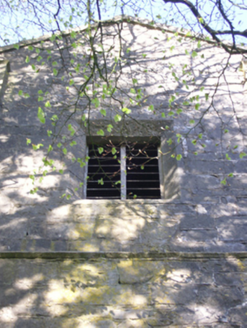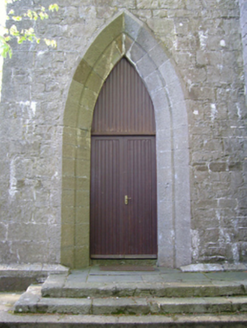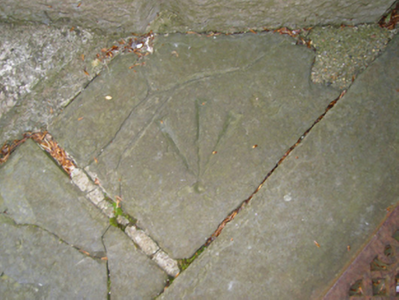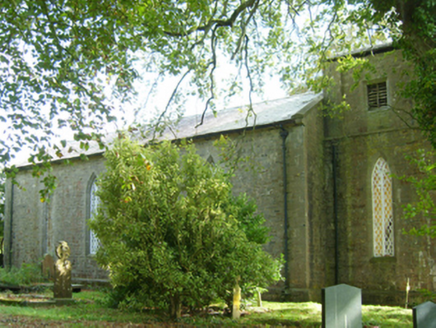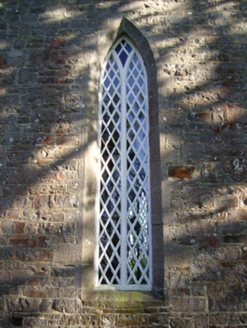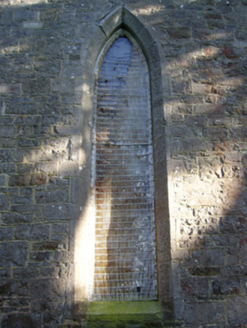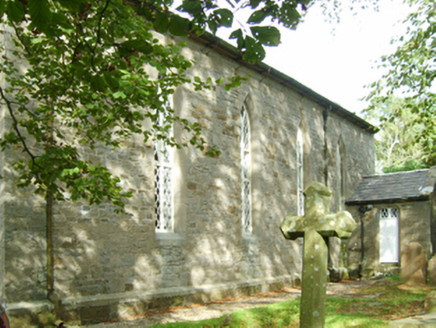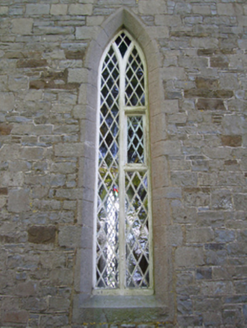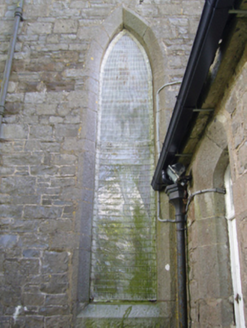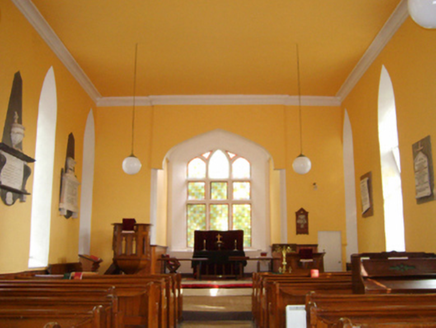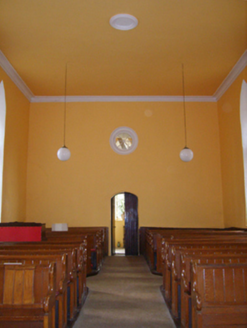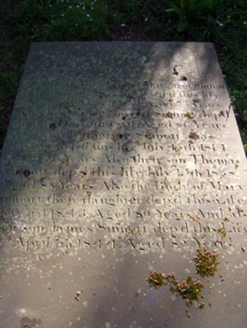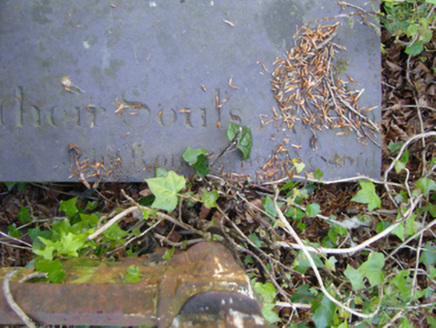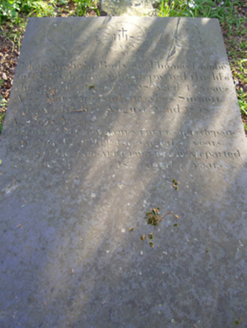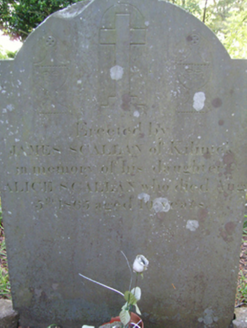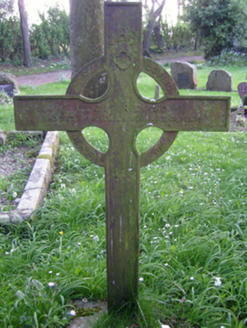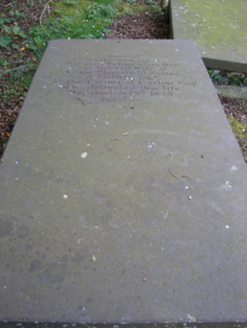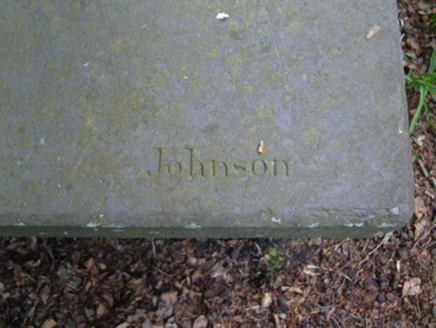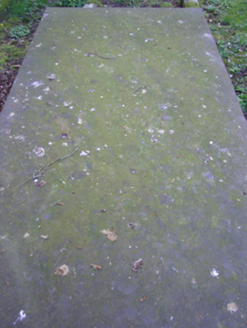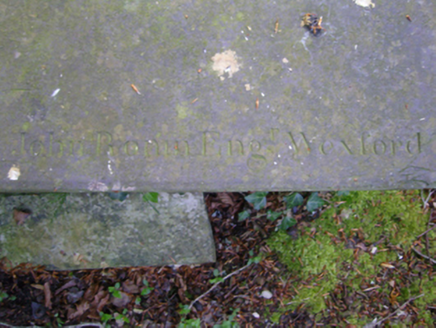Survey Data
Reg No
15704789
Rating
Regional
Categories of Special Interest
Architectural, Artistic, Historical, Scientific, Social
Original Use
Church/chapel
In Use As
Church/chapel
Date
1825 - 1830
Coordinates
305561, 112409
Date Recorded
24/09/2007
Date Updated
--/--/--
Description
Detached four-bay double-height single-cell Board of First Fruits Church of Ireland church, built 1828, on a rectangular plan with single-bay two-stage tower to entrance (west) front on a square plan. Pitched slate roofs including pitched (gabled) slate roof (tower) with lichen-covered clay ridge tiles, cut-limestone coping to gables, and cast-iron rainwater goods on cut-limestone eaves retaining cast-iron octagonal or ogee hoppers and downpipes. Part repointed coursed rubble stone walls on cut-limestone chamfered cushion course on plinth with cut-limestone flush quoins to corners; part repointed coursed or snecked limestone surface finish to tower on cut-limestone chamfered cushion course on plinth with cut-limestone chamfered stringcourse (bell stage) supporting limestone ashlar piers to corners. Lancet window openings with timber Y-mullions, and cut-limestone block-and-start surrounds having chamfered reveals framing fixed-pane fittings having cast-iron lattice glazing bars with iron mesh storm panels (east) over fixed-pane fittings having leaded stained glass panels. Tudor-headed window opening to chancel (east) with timber Y-mullions, and cut-limestone block-and-start surround having chamfered reveals framing fixed-pane fittings having square glazing bars. Lancet window opening to tower (first stage) with timber Y-mullion, and cut-limestone block-and-start surround having chamfered reveals framing fixed-pane fittings having cast-iron lattice glazing bars. Square-headed openings (bell stage) with cut-limestone block-and-start surrounds having chamfered reveals framing louvered fittings. Interior including vestibule (west); Tudor-headed door opening into nave with concealed dressings framing timber boarded double doors; full-height interior with carpeted central aisle between timber pews, cut-white marble Classical-style wall monuments (ob. 1843; 1911), pair of stained glass memorial windows (east), Gothic-style timber pulpit on an octagonal plan with Gothic-style timber clerk's desk, carpeted stepped dais to chancel (east) with wrought iron-detailed barley twist balusters supporting carved timber communion railing centred on cloaked altar below frosted glass "East Window", and moulded plasterwork cornice to ceiling centred on moulded plasterwork roundels. Set in wooded grounds with rendered piers to perimeter having cut-granite shallow pyramidal capping supporting wrought iron double gates.
Appraisal
A church erected with financial support from the Board of First Fruits (fl. 1711-1833) representing an important component of the early nineteenth-century ecclesiastical heritage of south County Wexford with the architectural value of the composition suggested by such attributes as the standardised nave-with-entrance tower plan form, aligned along a liturgically-correct axis; and the slender profile of the openings underpinning a "medieval" Gothic theme with the chancel defined by a handsome "East Window": meanwhile, aspects of the composition, in particular the truncated tower, illustrate the repairs necessary to make good a church described as 'a plain modern structure with a tower…latterly condemned as unsafe' (Lewis 1837 II, 149). Having been well maintained, the elementary form and massing survive intact together with substantial quantities of the historic or original fabric, both to the exterior and to the interior where contemporary joinery; Classical wall monuments commemorating the Jacob family of Bushville (see 15704805) and the Meadows family of Thorn Ville (see 15704763); jewel-like thirteenth-century French Gothic-style stained glass 'placed to the memory of Percy S. [Swan] Waddy MD [d. 1866]'; and sleek plasterwork refinements, all highlight the artistic potential of a church making a pleasing visual statement in a wooded setting: meanwhile, a benchmark remains of additional interest for the connections with cartography and the preparation of maps by the Ordnance Survey (established 1824).
